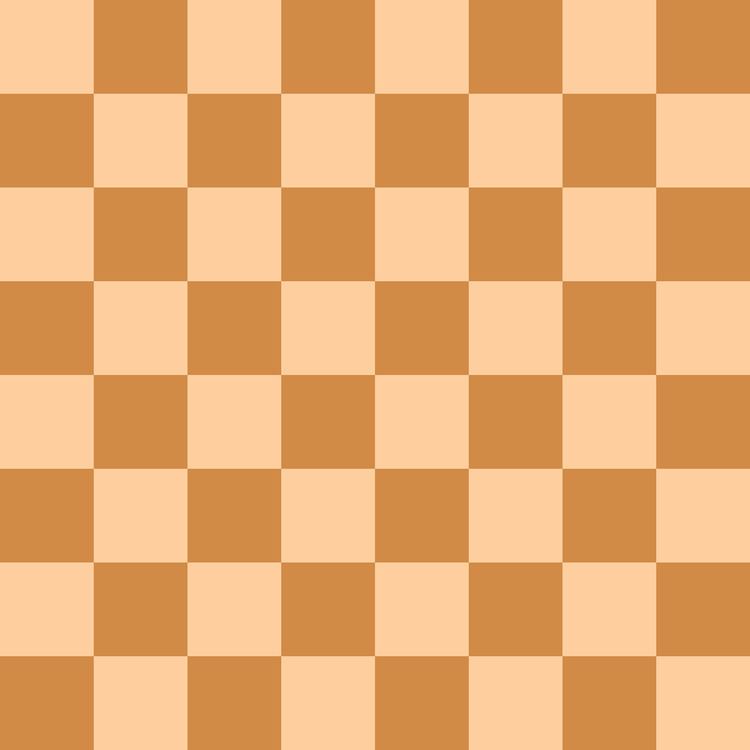a b c d e f | b c d e f g | |
 | ||
The Nimzowitsch Defence is a somewhat unusual chess opening characterised by the moves:
This opening is an example of a hypermodern opening where Black invites White to occupy the centre of the board at an early stage with pawns. Black's intent is to block or otherwise restrain White's central pawns and, if allowed to do so by inaccurate play by White, eventually undermine the White pawn centre by well-timed pawn advances of his own or by attacking the White pieces defending the centre. World Champion Garry Kasparov and Grandmaster Raymond Keene wrote that it "has never been fully accepted as a dependable opening. Nevertheless it is sound and offers the maverick spirit a great deal of foreign territory to explore."
The Nimzowitsch is included under code B00 ("uncommon king's pawn opening") in the Encyclopaedia of Chess Openings.
